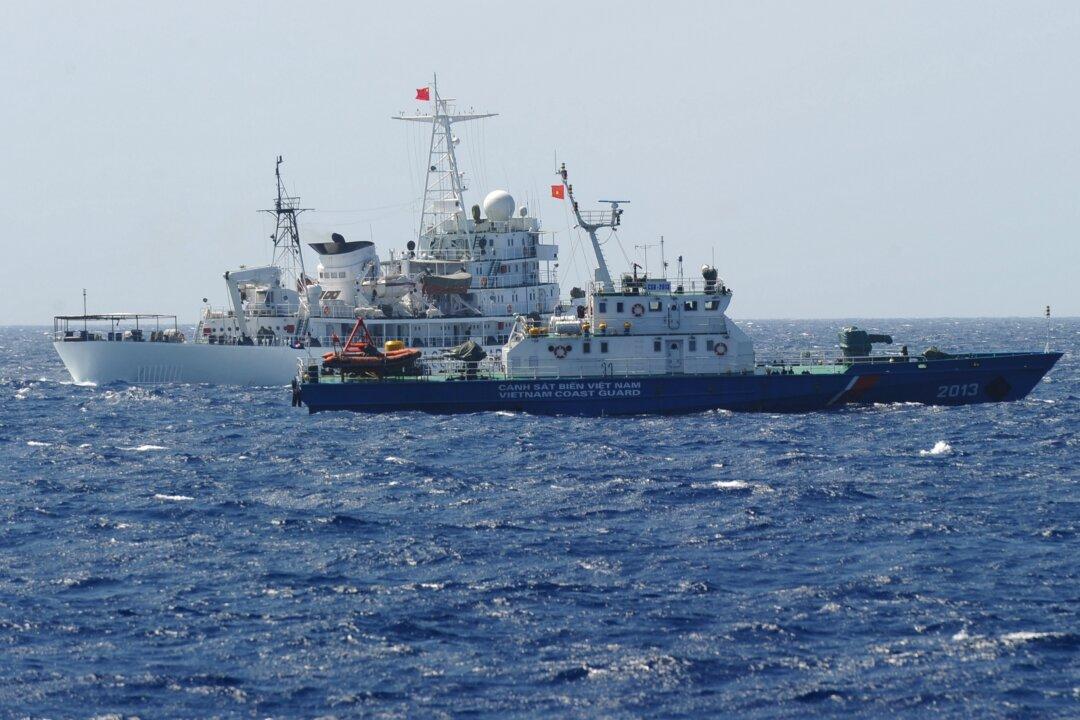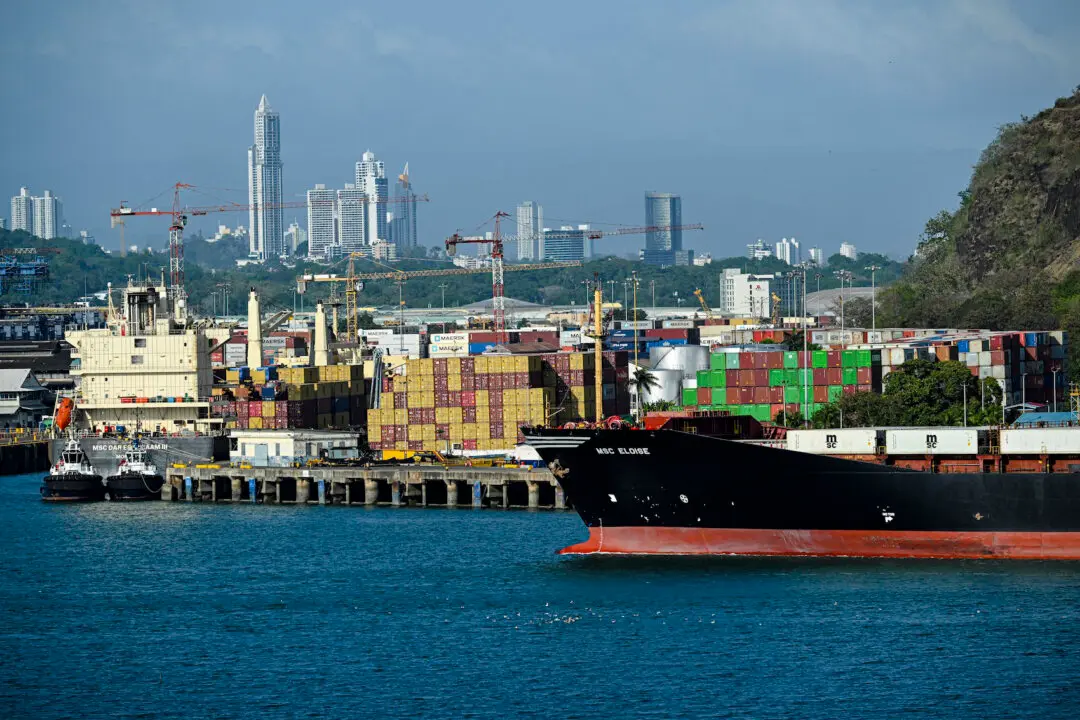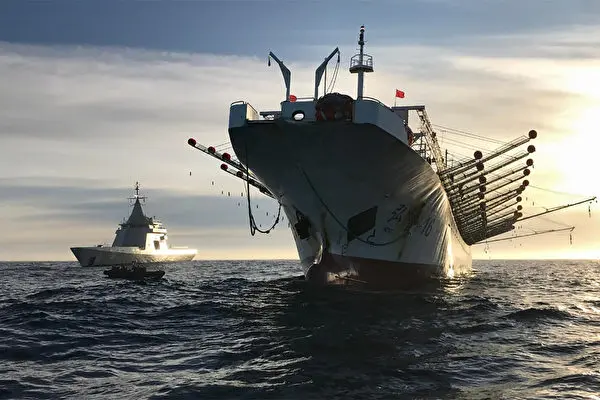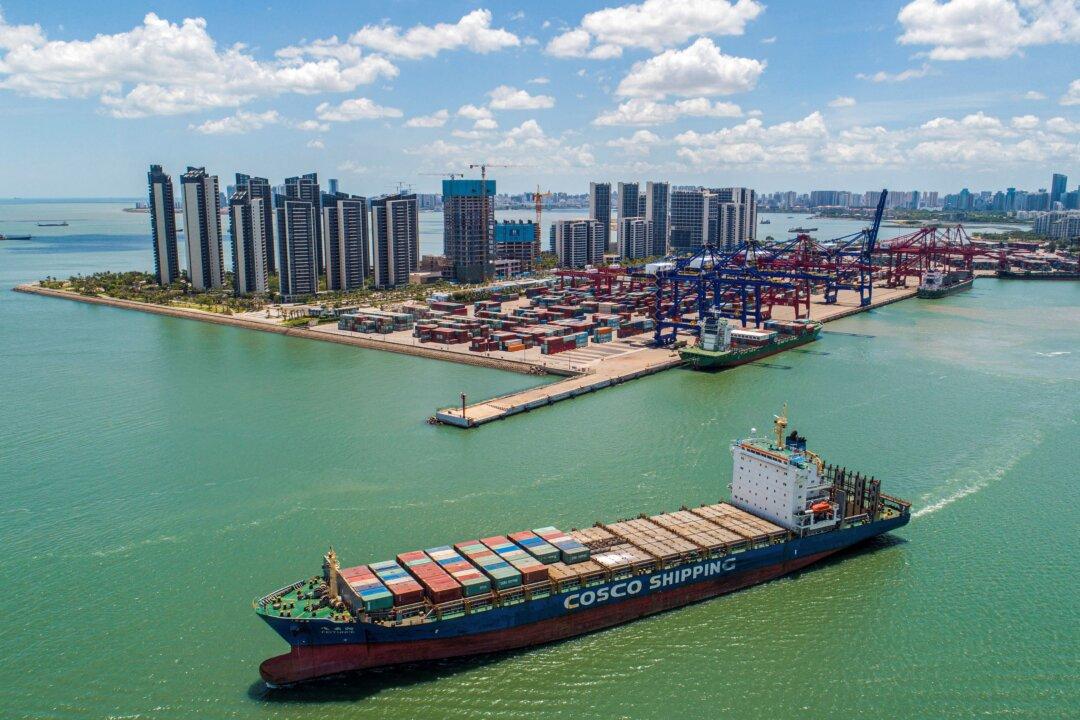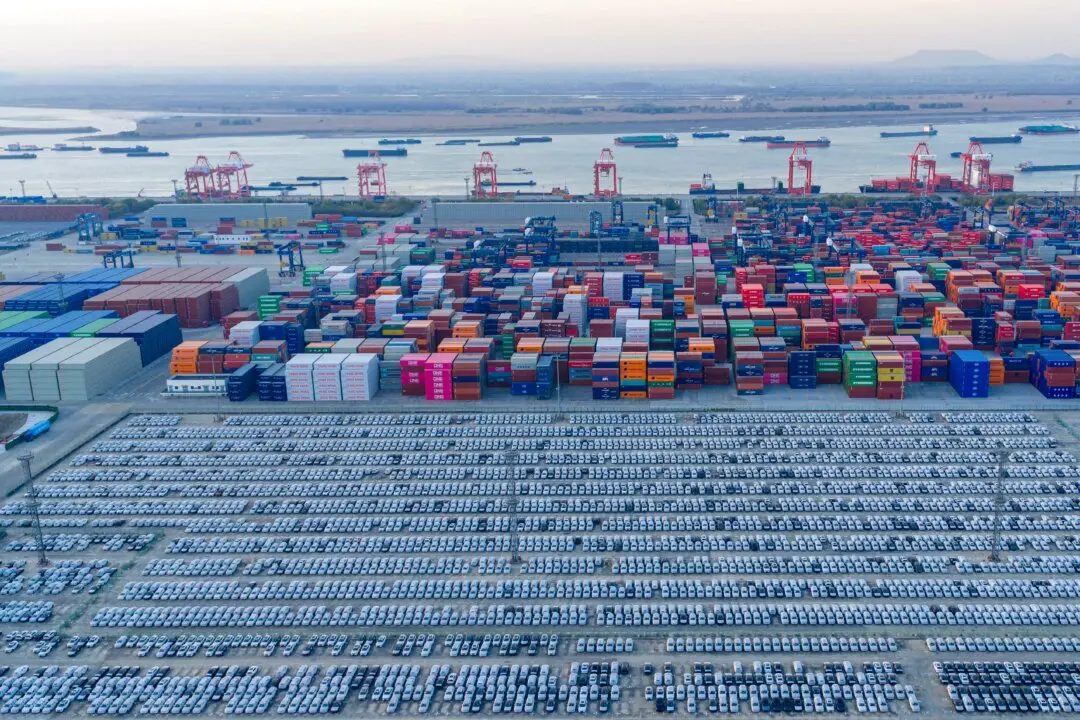Vietnam, under its new leader, is joining the Philippines for a joint coast guard drill for the first time as both countries navigate territorial disputes with communist China that have been escalating in recent years.
Hanoi announced that its 2,400-ton coast guard ship CSB 8002 left Vietnamese waters on July 31 for the Philippines to take part in joint training, and was expected to arrive in Manila on Aug. 5 and stay until Aug. 9.
